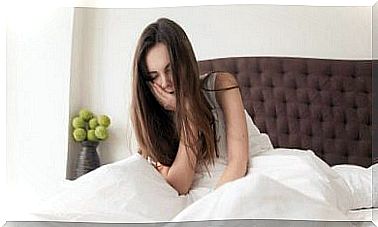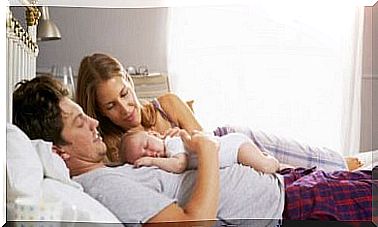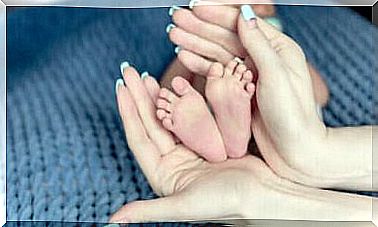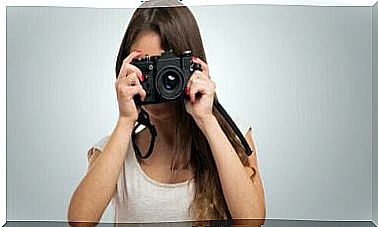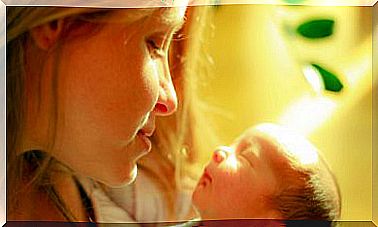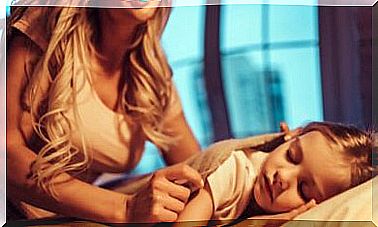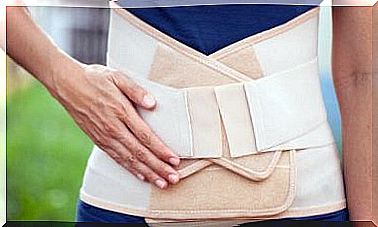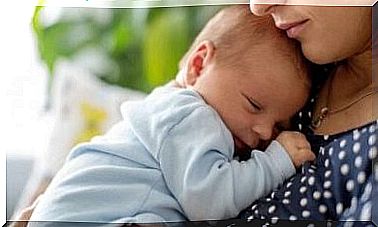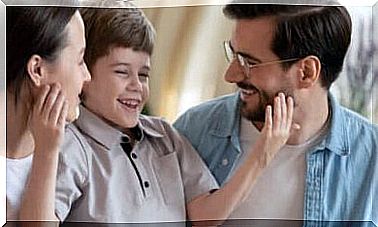What Should Your Baby’s Crib Look Like?
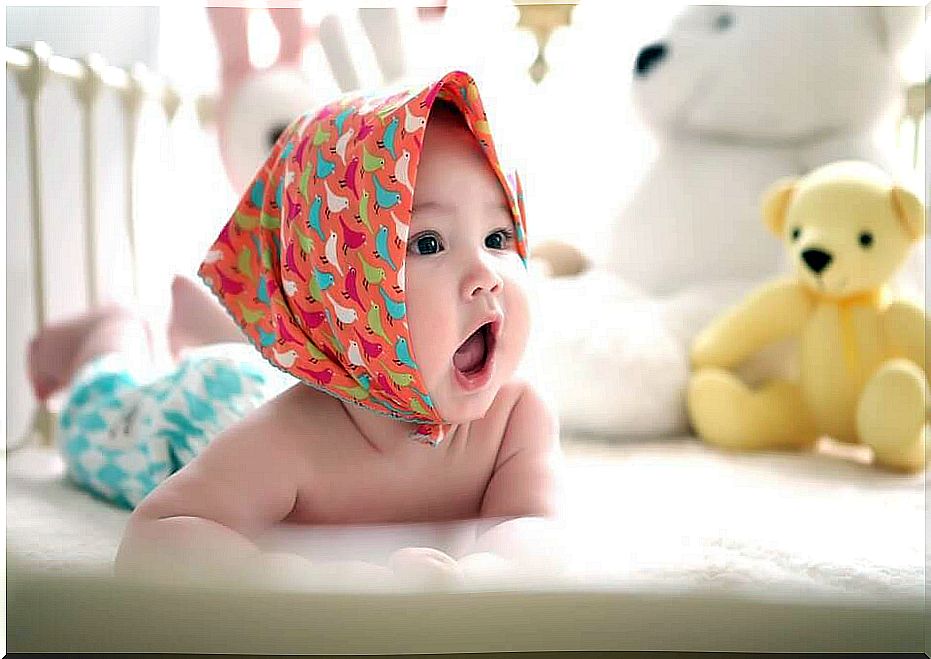
Your baby’s crib should be safe and comfortable. Pediatricians recommend that cribs be wide, comfortable, stable and meet all safety regulations. The shape does not matter as long as it is safe for the child.
Decorating your baby’s room can be very exciting. Many parents spend a lot of time and energy decorating the room.
However, when it comes to choosing a crib, it should meet certain safety requirements. It is important to keep several things in mind to ensure your child’s safety.
For example, your baby’s crib should be in a part of the room that is protected from excessive heat and cold. It should also be at a sufficient distance from windows to avoid exposure to drafts. Your baby’s crib should not be under heavy paintings or shelves.
It is important to keep objects that may fall away from your baby’s crib. Toys should also not be in the crib.
Another thing to keep in mind is the quality of the varnish or paint that your baby’s crib is painted with. Make sure they are not toxic.
Your baby’s crib should be safe
It must have a minimum internal height of 60 centimeters between the deepest point and the highest point of the railing.
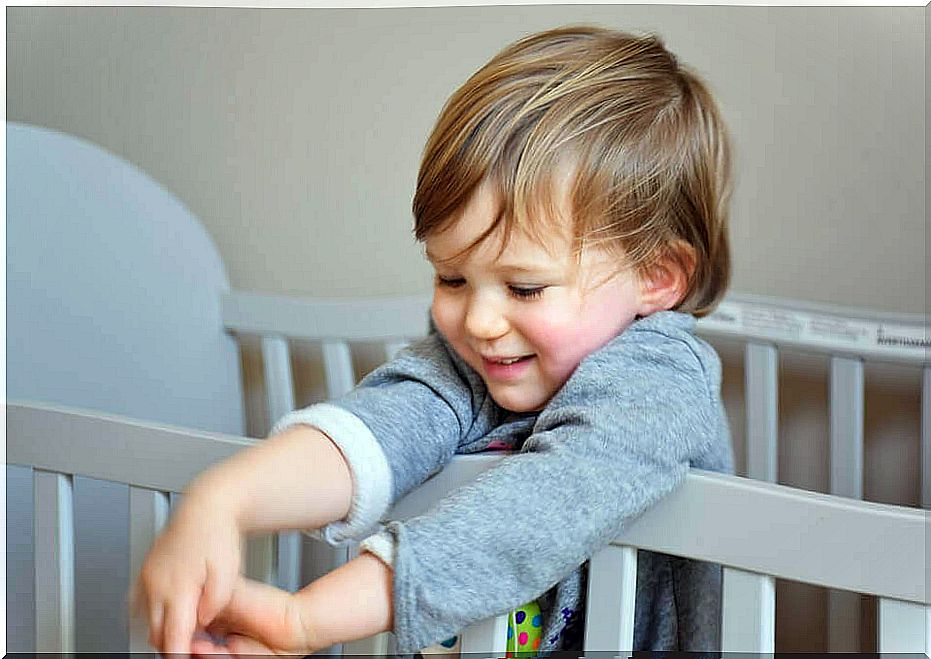
If it has rods, the distance between them should be between 4.5 and 6.6 centimeters. This will prevent the baby from getting stuck with his head or any other limb between them. You can easily test with a can of soda. If the jar can fit between the slats, the gap is too large.
It can have two or more wheels, of which you must be able to lock at least two so that the bed is fixed.
The crib can be made of latex, wood or other material. Its thickness can vary between 8 and 15 centimeters.
There must be no space greater than 2 cm between the mattress and the edge of the cot.
The mattress should also be in the harder direction. This will prevent the baby from sinking into it too much. It should also be easy to wash and not otherwise obstruct breathing.
The mattress must have a suitable size in relation to the cot. A small mattress can leave gaps where the baby’s arms or legs can get stuck.
Pediatricians also recommend putting a cover over the mattress. There are protections that protect against mites and hypoallergenic protection to buy at pharmacies.
Pillows are not recommended at all until 2 years of age as they increase the risk of suffocation. After 2 years of age, you can use flat pillows.
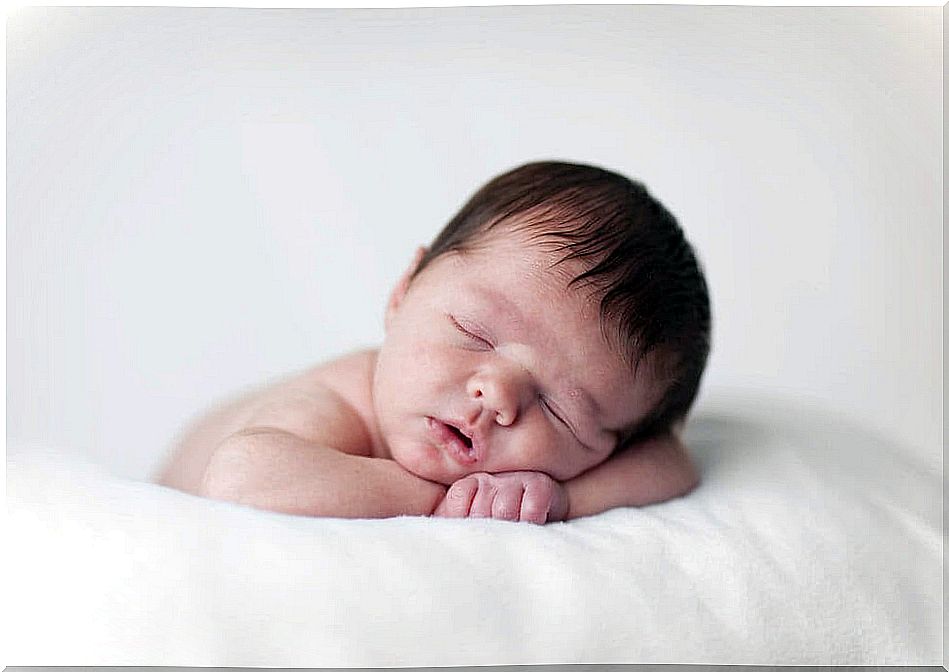
Crib location
Never place your baby’s crib near objects that may fall, and you should not bed them with ribbons or strings as they may pose a risk to the baby. Toys should be stored outside the crib to prevent the child from injuring themselves.
Parents should decide whether the child should sleep in the same room as they do or whether they should sleep in their own room. Some parents choose to sleep in the same bed during the first months of the baby’s life.
It is very important for the baby to sleep close to the parents during the first months. This allows parents to be there quickly in the event that something goes wrong, for example if the child stops breathing, vomits or gets a fever.
If you are going to use a baby monitor, it is best to use wireless devices. Between 2004 and 2010, the United States Securities and Exchange Commission received seven reports of infants strangled with monitor cables.
Bedding is also important.
Avoiding pillows before the age of two can also reduce the risk of sudden infant death syndrome. Ideally, the child should sleep on a mattress that is covered with an adjustable sheet.
The use of heavy blankets, blankets and soft stuffed animals should also be avoided when the child is asleep or alone in the crib.
There are also cribs that promote skin-to-skin contact. Other convertible models are available among children’s furniture, which become chests of drawers, drawers or desks when the child no longer needs the cot.
Parents should ensure that the crib meets international safety standards. It is also important to monitor how your baby sleeps when you put him or her in the crib.
Experts recommend that you put the baby on its back when he or she takes a nap and when they go to bed at night. This is especially recommended when the child is younger than one year.
When the baby is a little older and can already turn on his stomach, you can give them a little more freedom.
